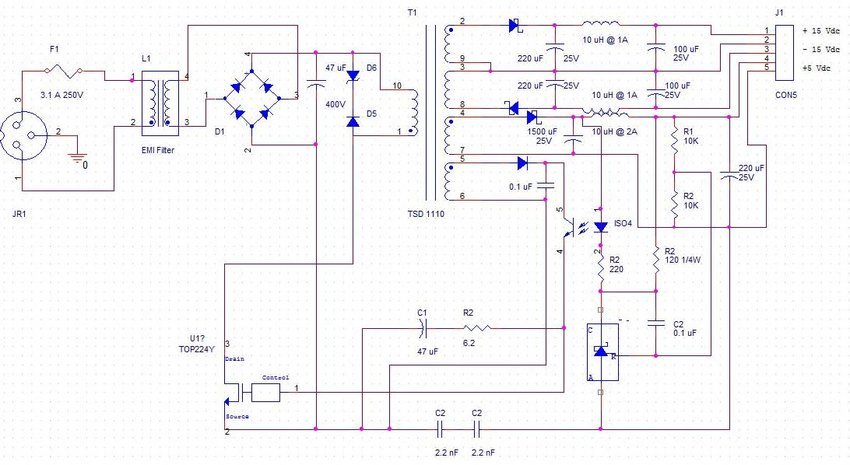SMPS Thermal Modeling Techniques: A Beginner’s Guide

Power Supply Units (SMPS) are vital for powering electronics, but managing heat is crucial to ensure their longevity and efficiency. As an electronics hobbyist or engineer, understanding SMPS thermal modeling can prevent costly mistakes. Let’s break it down simply.
The Problem :
SMPS units, when running high power, tend to generate a lot of heat. If this heat isn’t dissipated properly, it can cause components like MOSFETs or resistors to fail. Overheating is one of the leading causes of component damage in power supplies.
The Solution :
To avoid overheating, you can model the thermal characteristics of your SMPS using a few basic tools: thermal resistance (which measures the ability to dissipate heat) and power loss calculations. You need to ensure that the power loss in components doesn’t exceed their thermal limits.
Practical Example :
Imagine you’re working on a 12V SMPS circuit to power a small robot. Your MOSFET has a power dissipation of 2W. Using a simple formula:
Thermal Resistance (°C/W) = (Max Operating Temperature – Ambient Temperature) / Power Dissipation
Sample Calculation :
If the MOSFET’s maximum operating temperature is 125°C, and the ambient temperature is 25°C, the thermal resistance needs to be:
Thermal Resistance = (125°C – 25°C) / 2W = 50°C/W.
Thus, you need a heatsink with at least 50°C/W thermal resistance to keep the MOSFET cool.
Product Suggestion :
If you’re looking for quality thermal management components, check out MOSFETs and heatsinks on SmartXProKits. These products are made in India, ensuring quality and affordability for your projects.
Shop now at SmartXProKits.in for the best Made in India SMPS components! Support our work and India’s innovation—buy from our Make in India site!




















